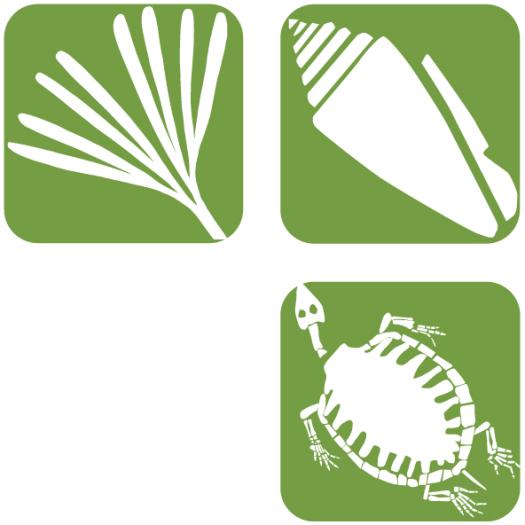Lineage vs. ecological diversification in the archosaur radiation | Devin K. Hoffman


Amphithéâtre de Paléontologie (Galerie de Paléontologie et d’Anatomie Comparée, 2 rue Buffon 75005 Paris)
Adaptive radiations are defined by increases in both species diversity and ecological breadth. However, the scarcity of both comparative and fossil studies means the relative timing of these events is unclear. An ideal fossil clade to test this are the Archosauriformes (crocodylians, birds, and their closest relatives). Prior to the end-Permian mass extinction, these reptiles were both species poor and ecologically limited, but by the Late Triassic they dominated terrestrial ecosystems. Continued environmental instability following the end-Permian extinction has led to the hypothesis that ecological expansion of archosauriforms lagged behind the diversification of lineages. To test this, I described two archosauriform tooth assemblages, one from the Early Triassic of South Africa and one from the Middle Triassic of Tanzania. From this I conclude ecological disparity (using diet as a proxy) lagged behind species diversity, supporting the delayed recovery hypothesis.
To obtain the Teams connection link to follow the seminar online, please contact Cédric Del Rio and Helder Gomes Rodrigues



